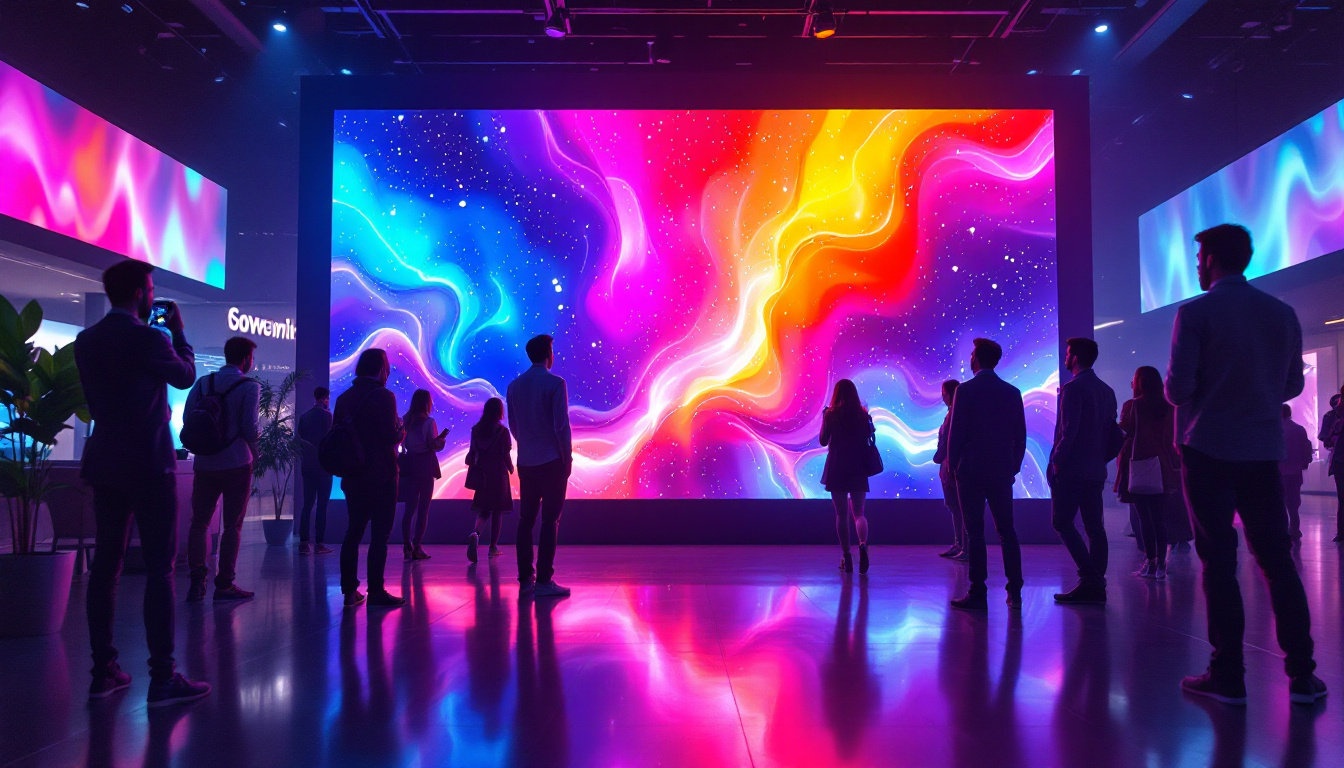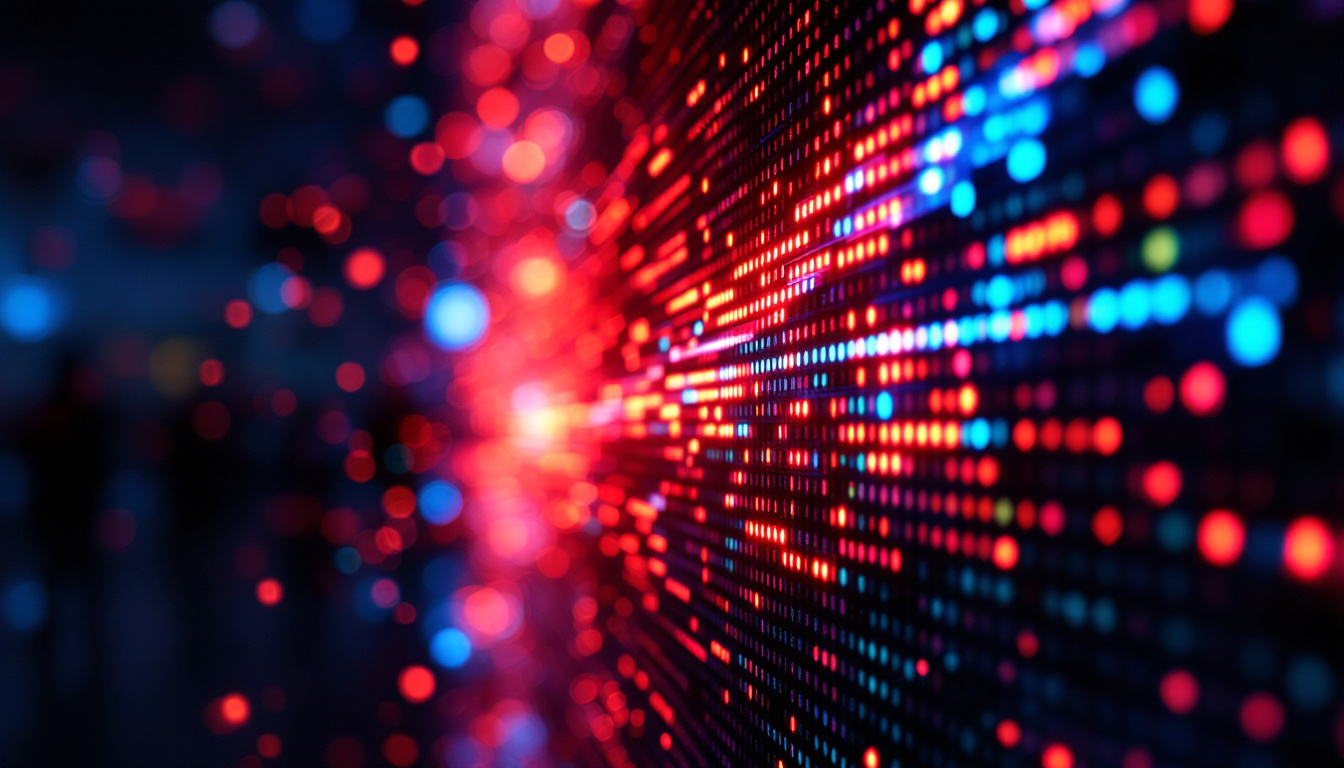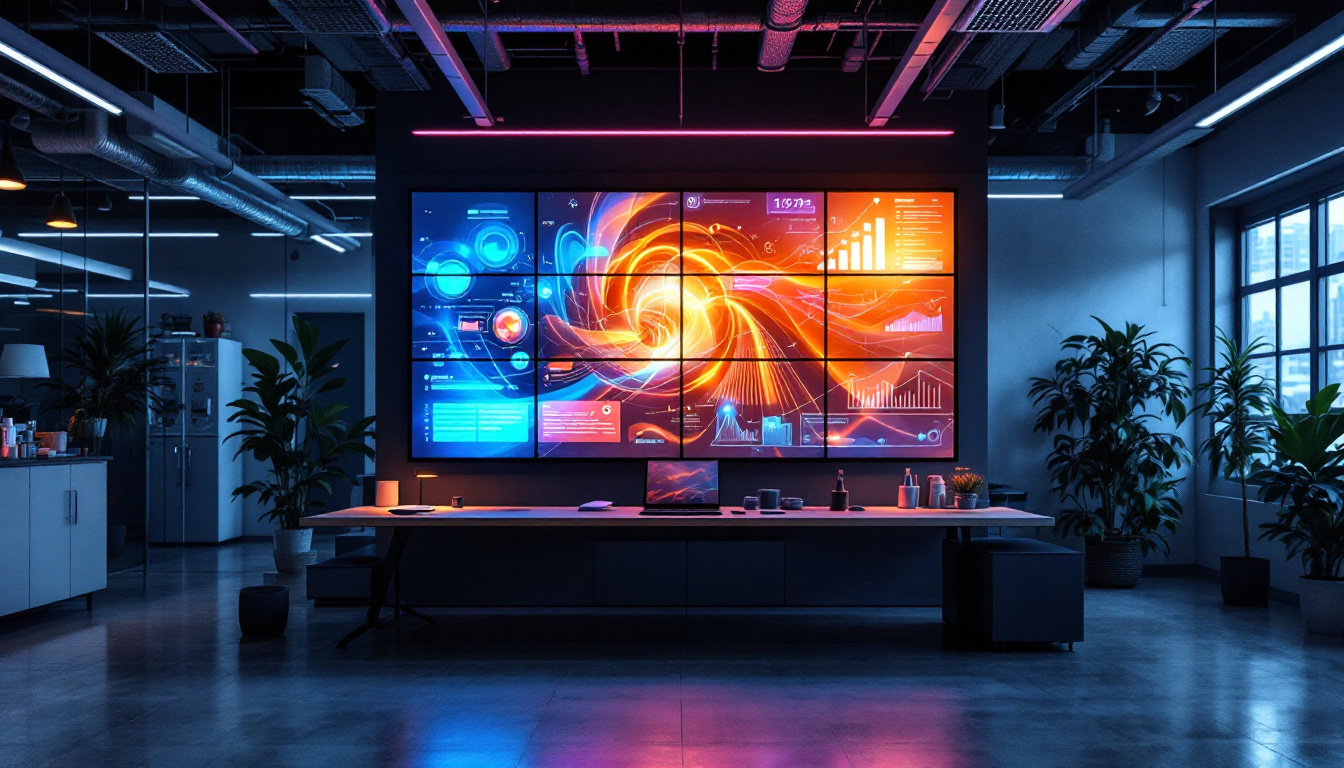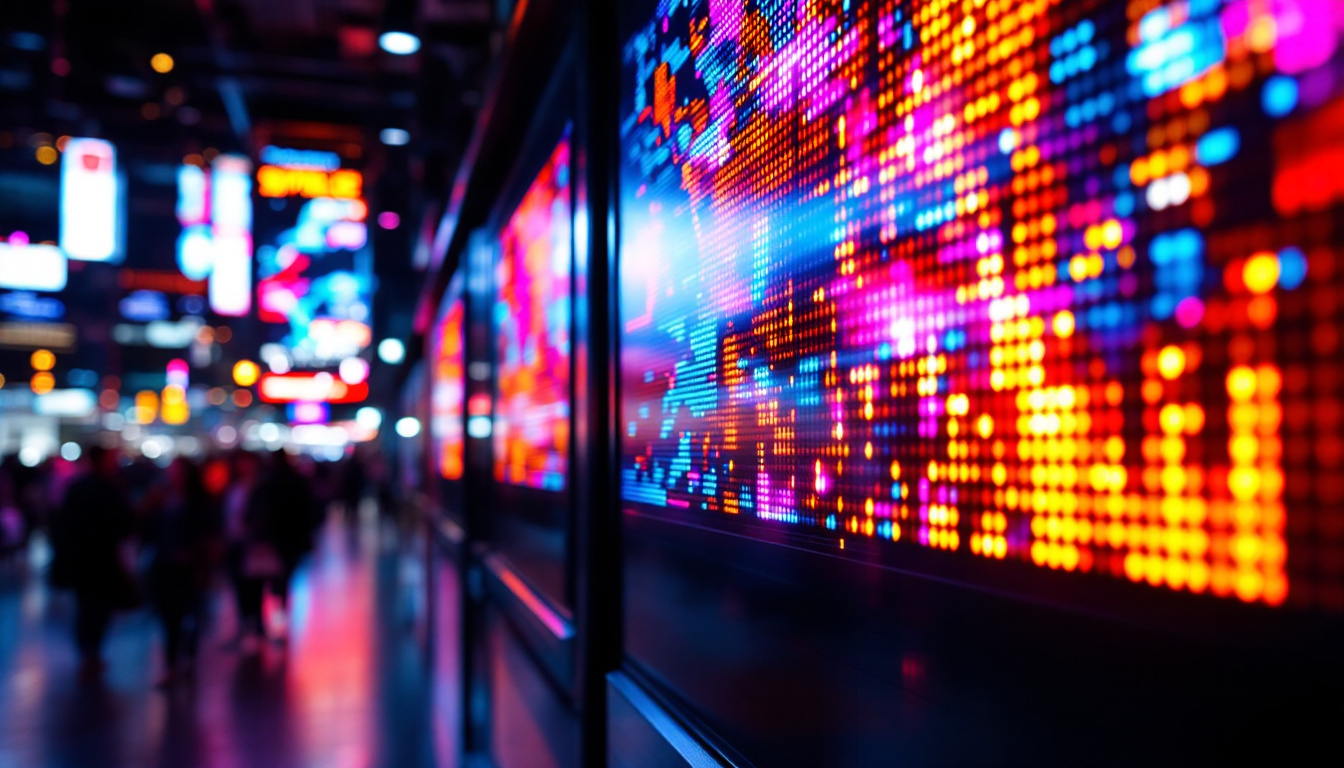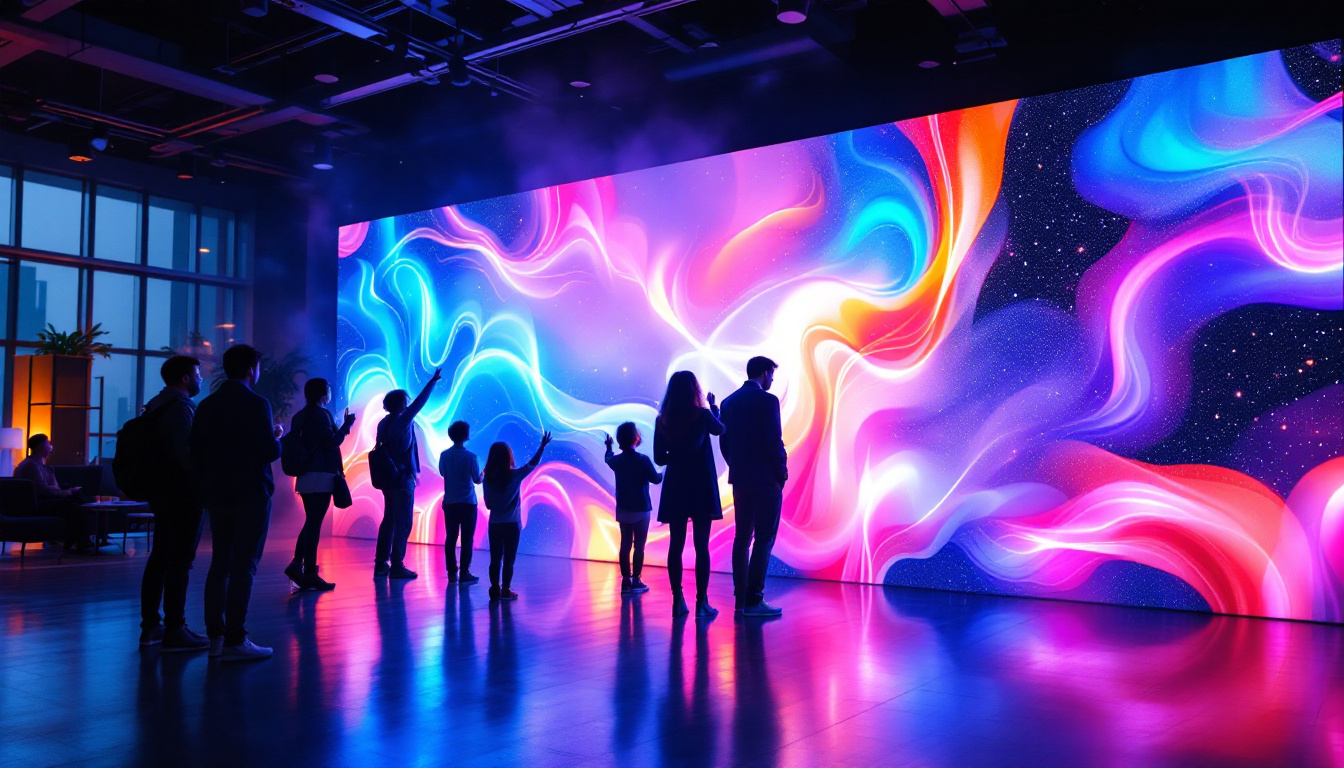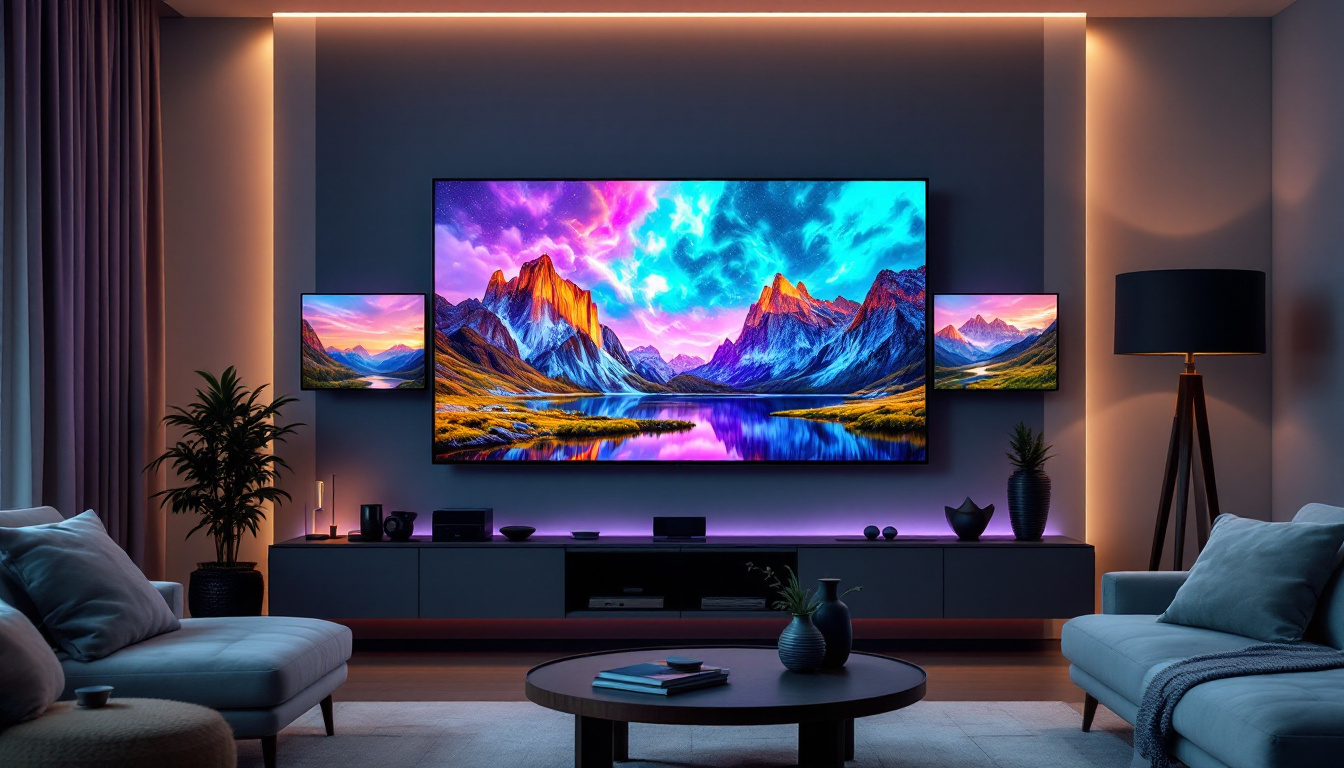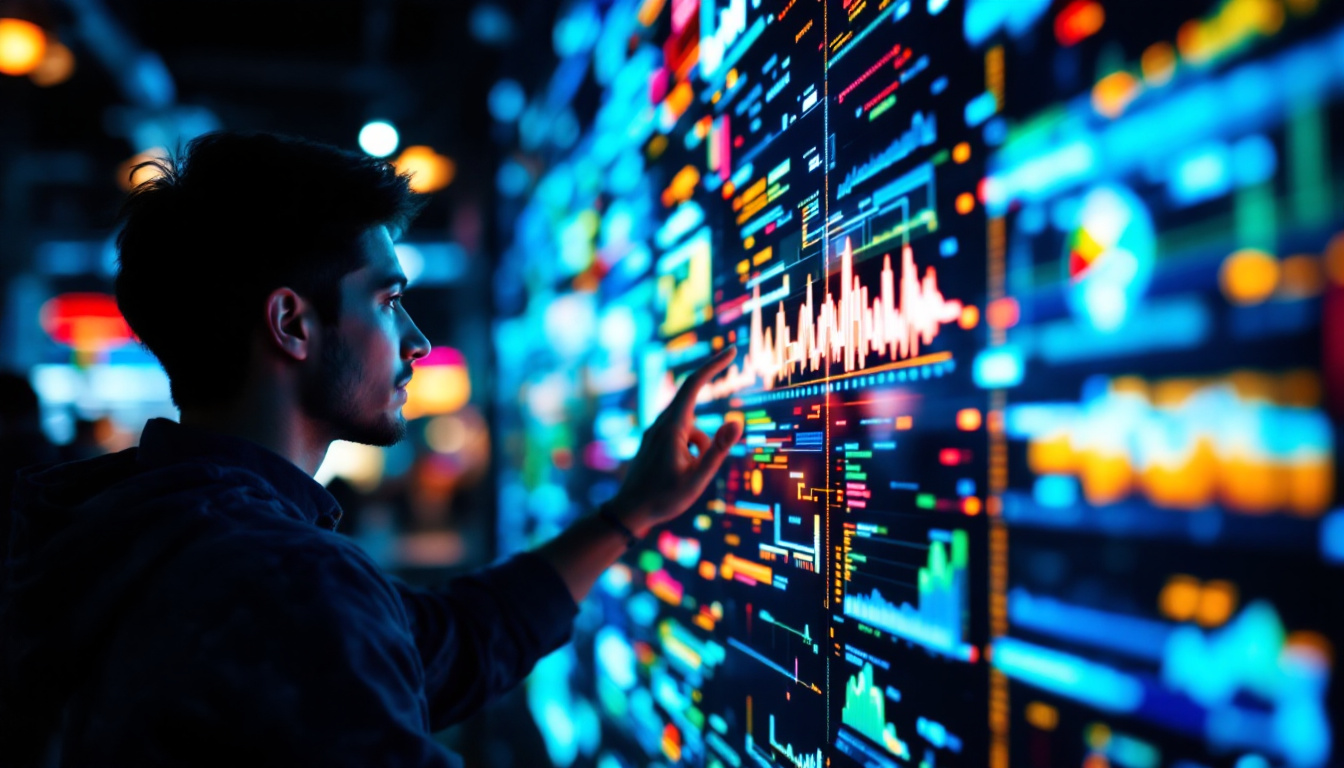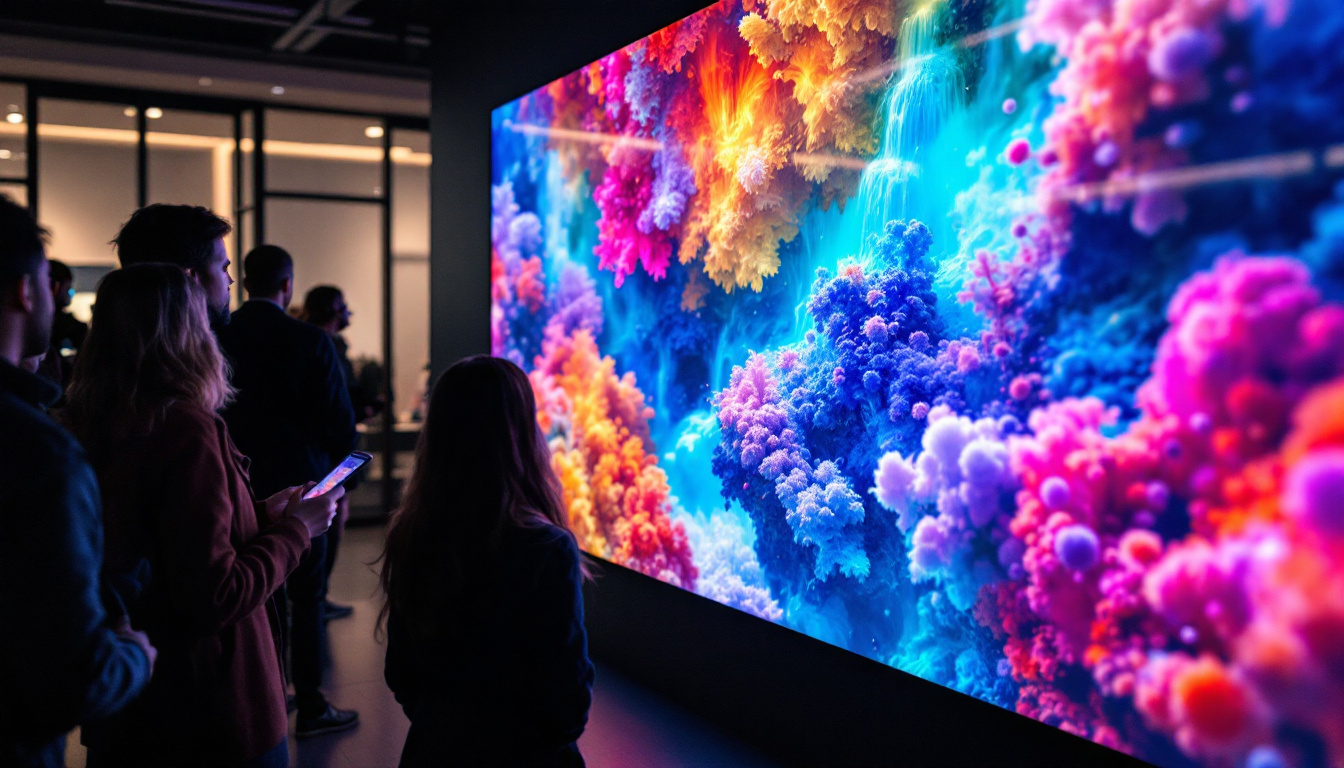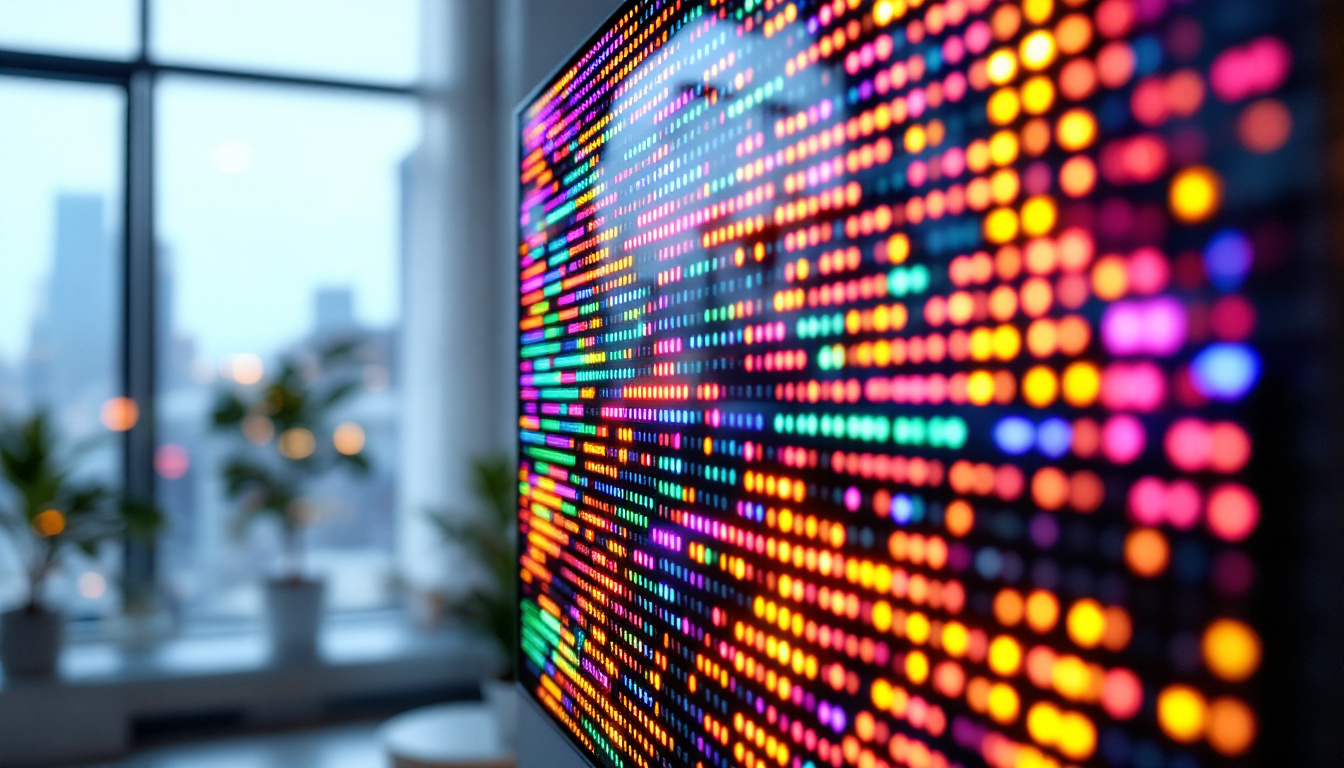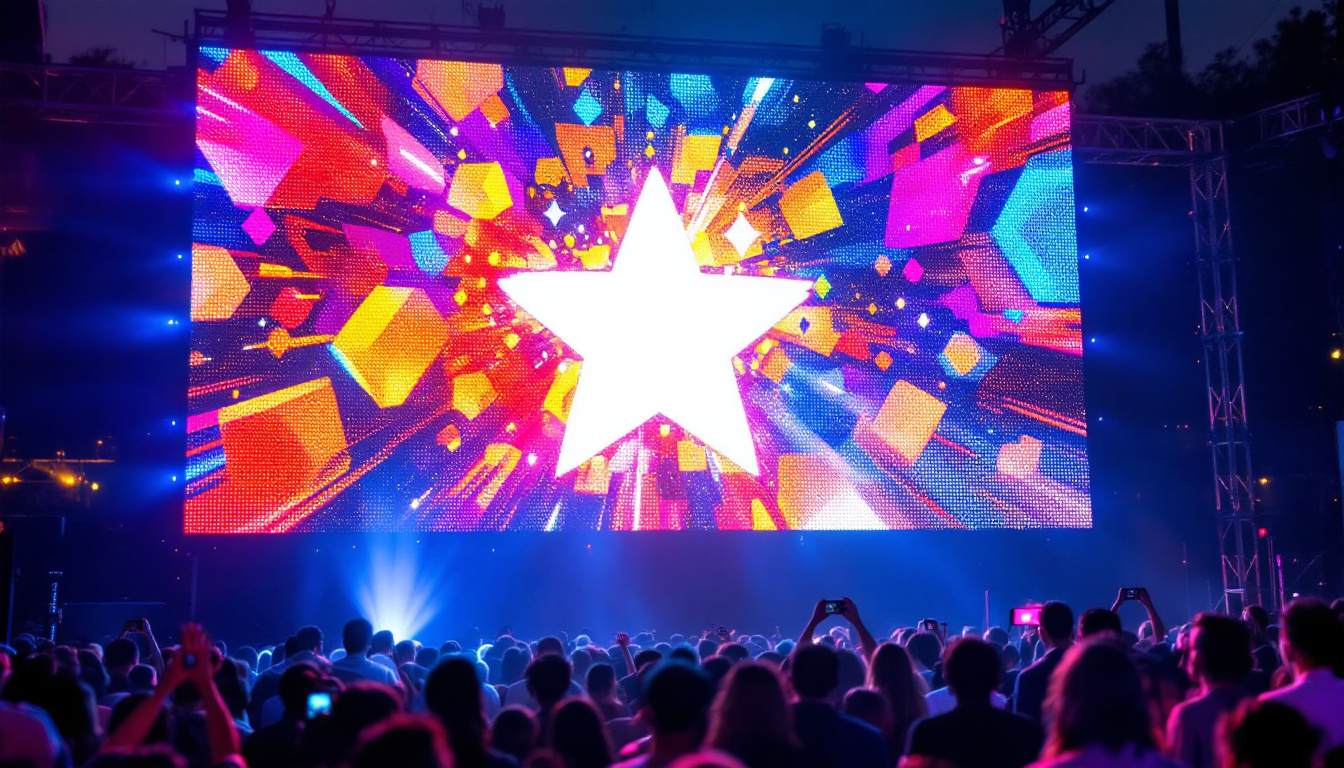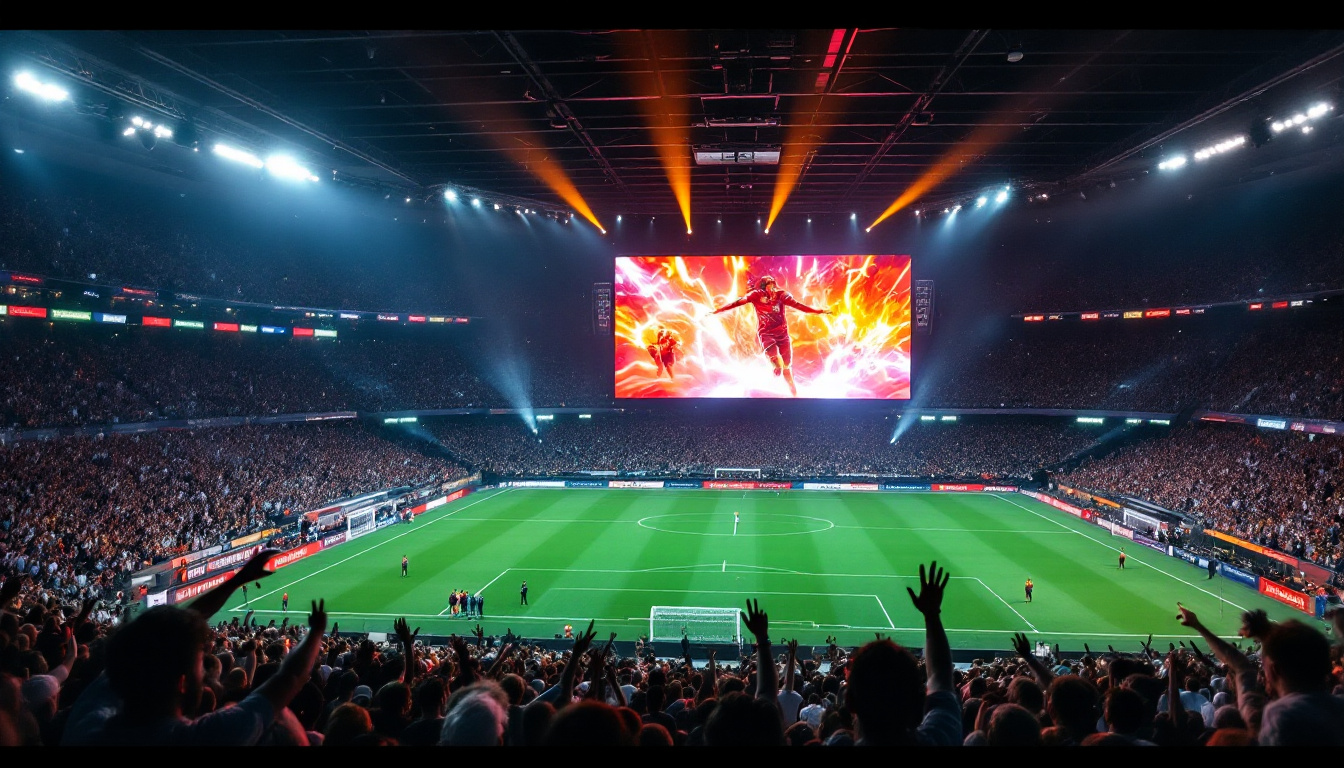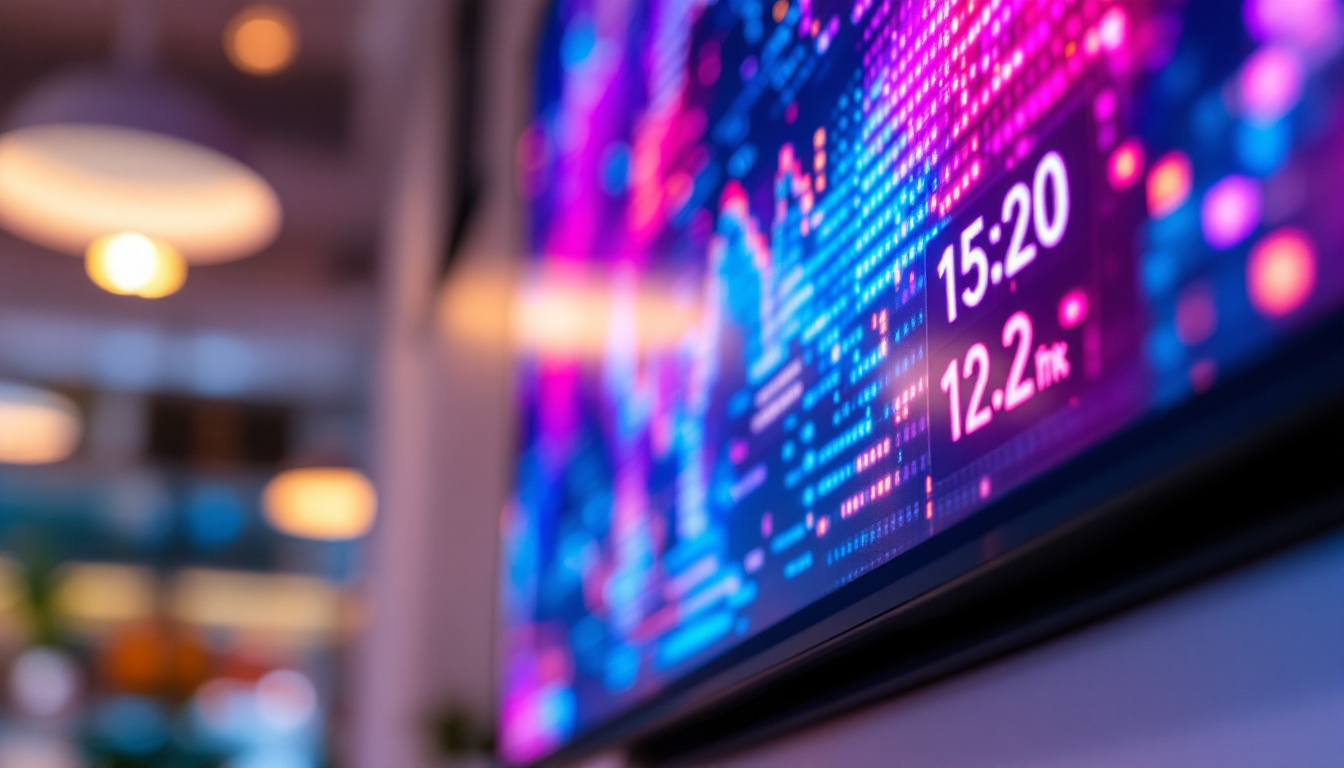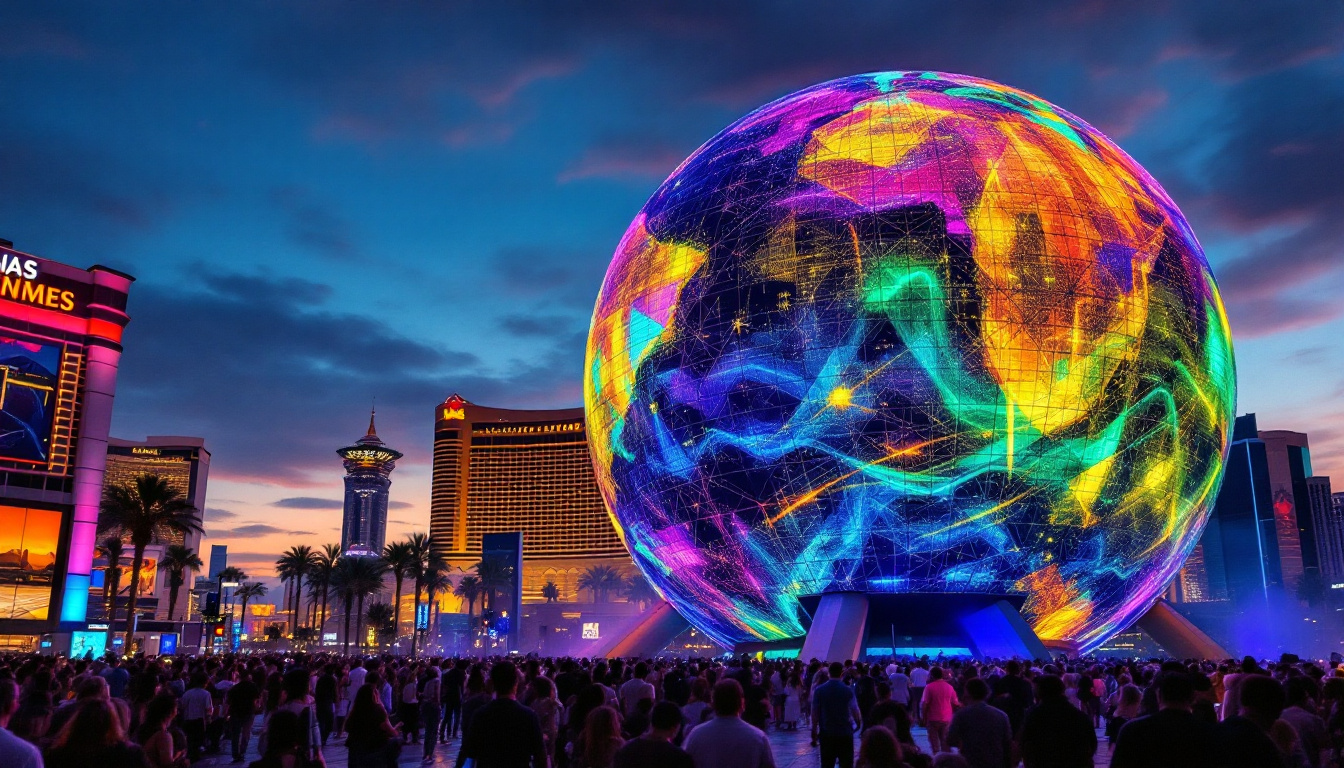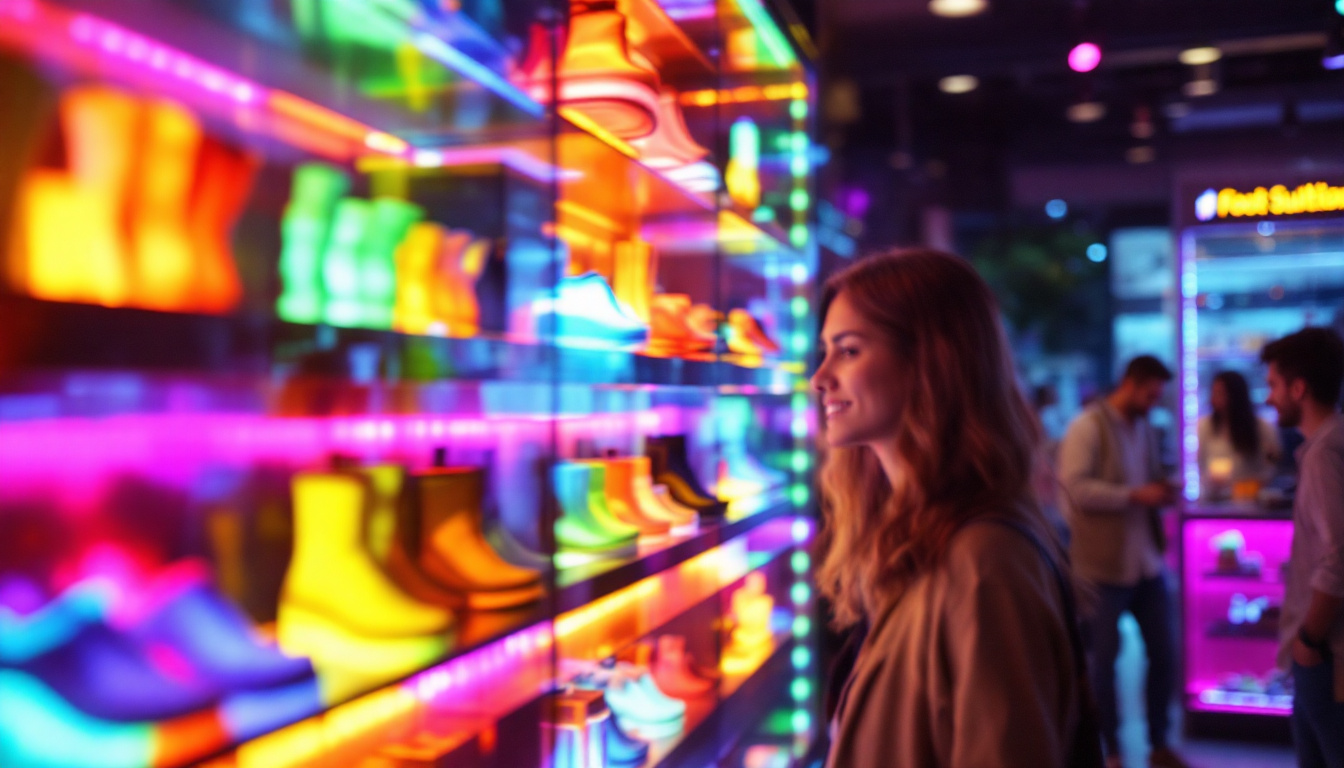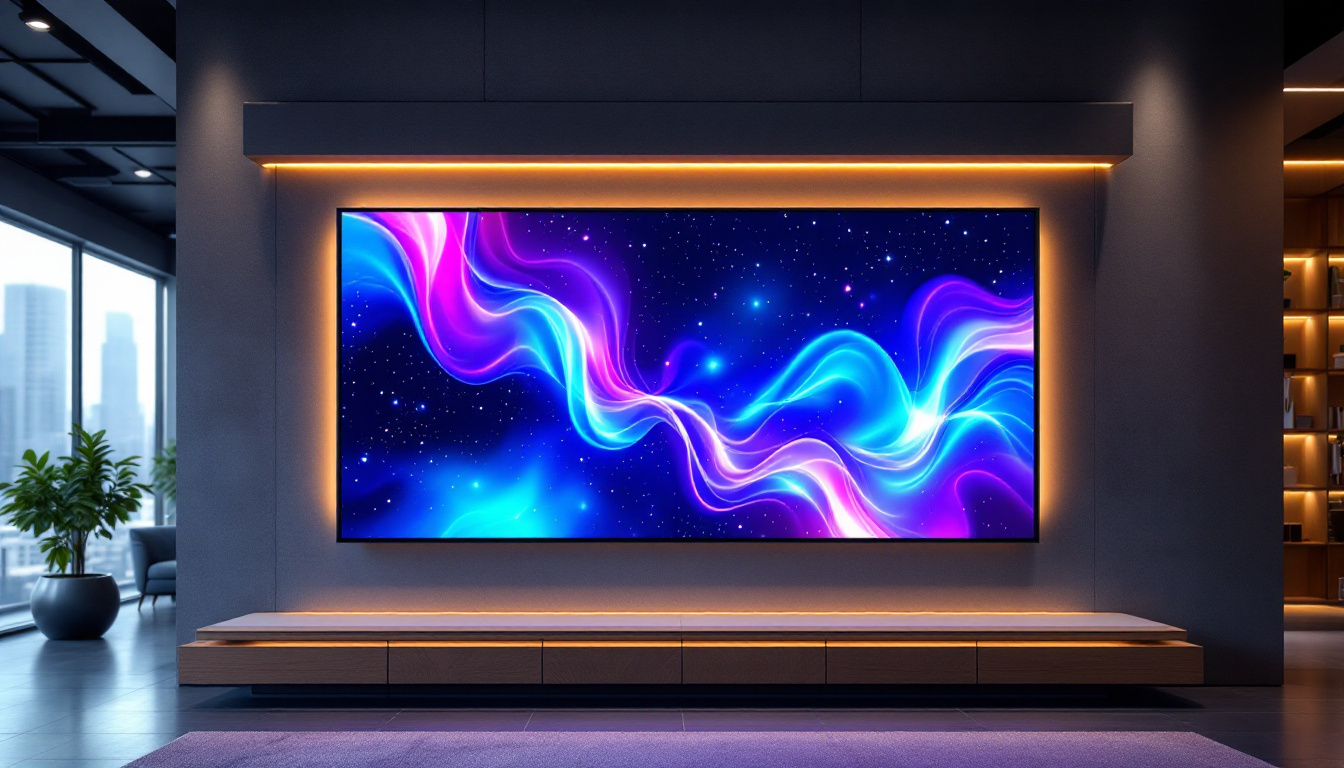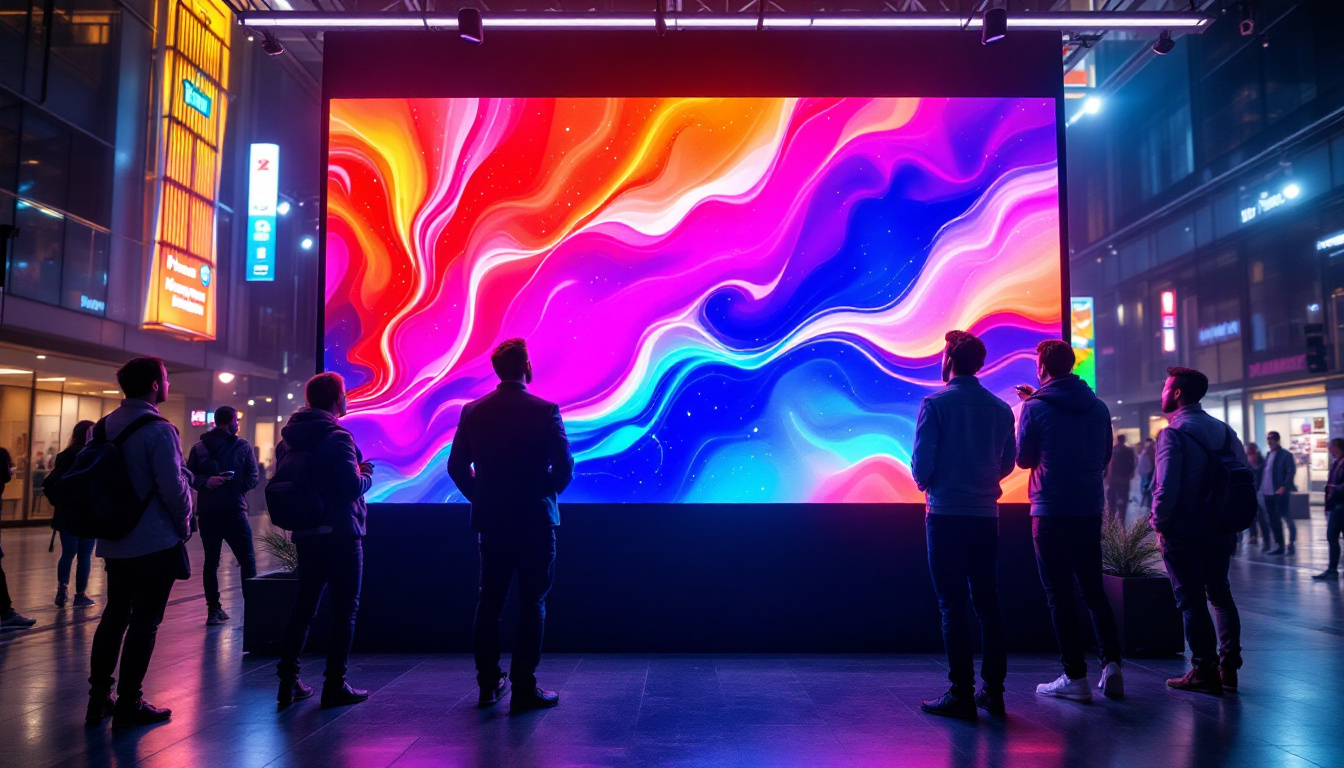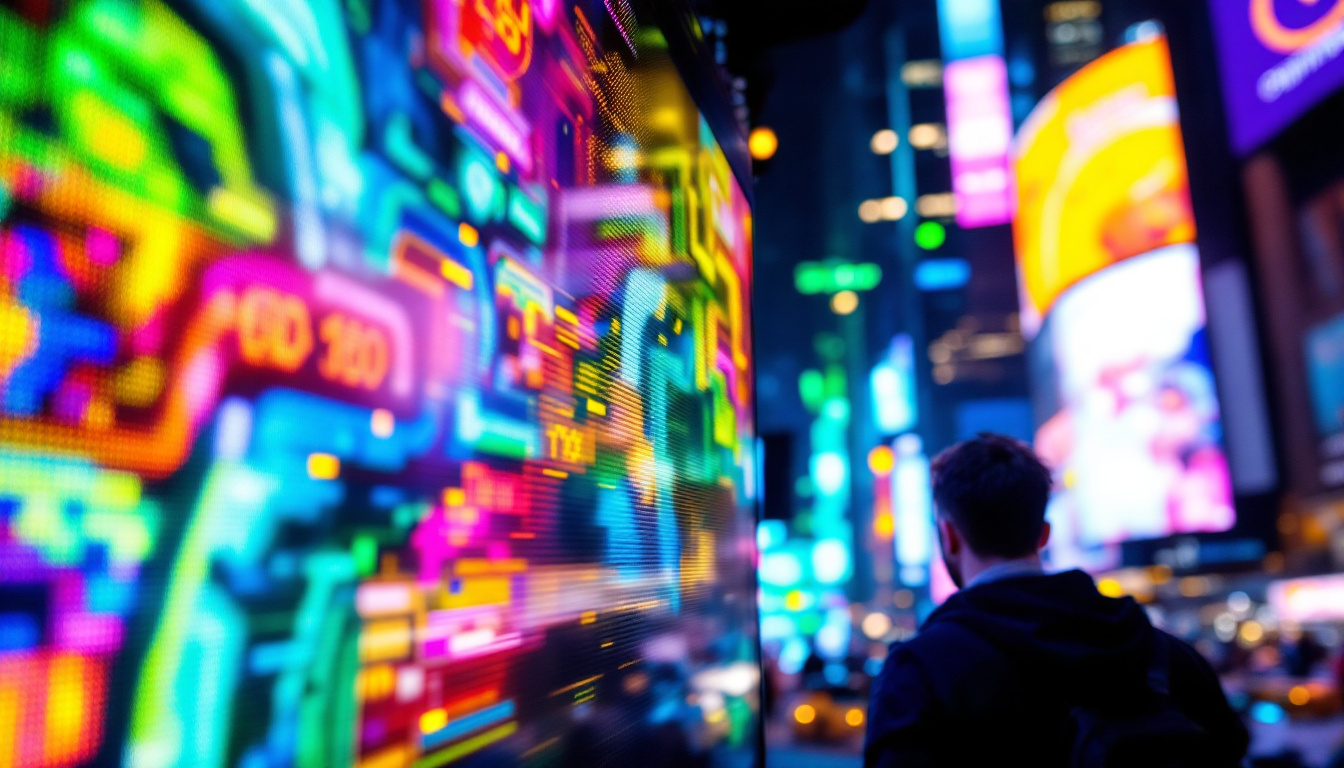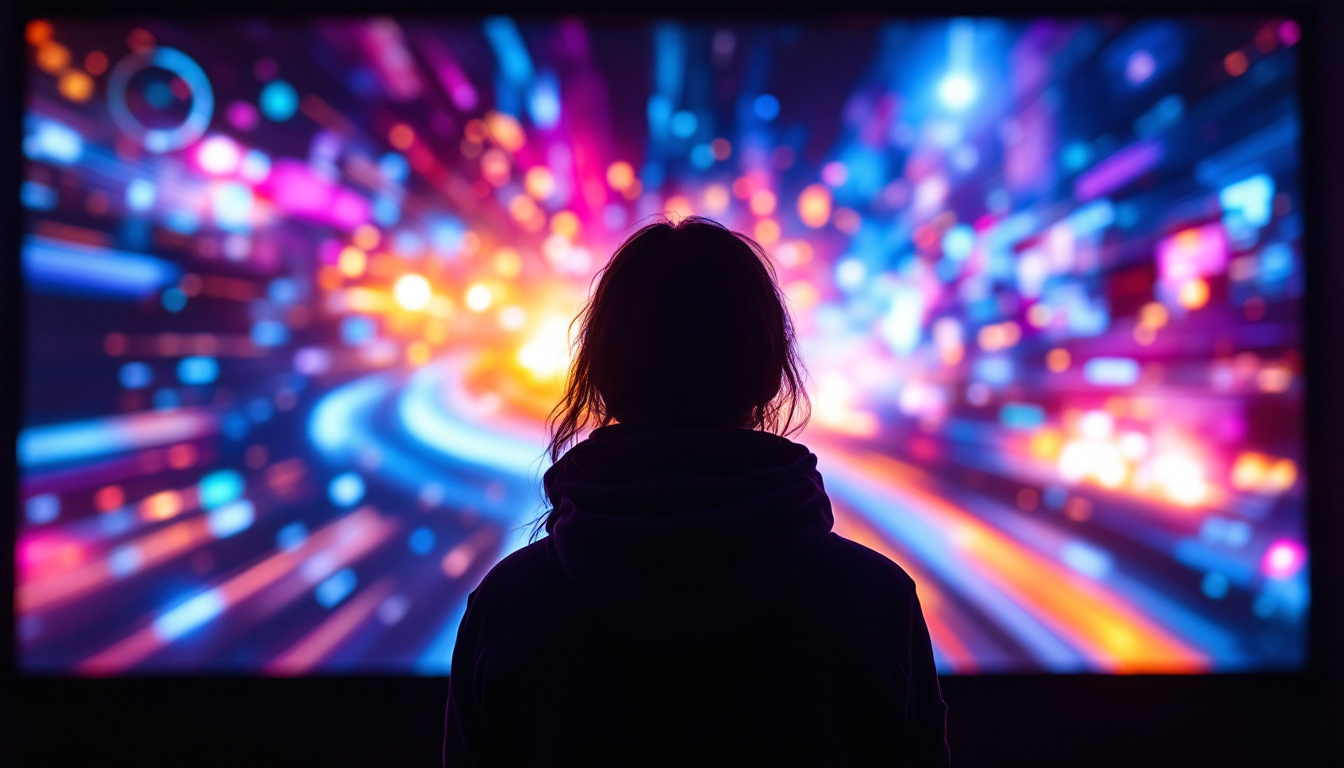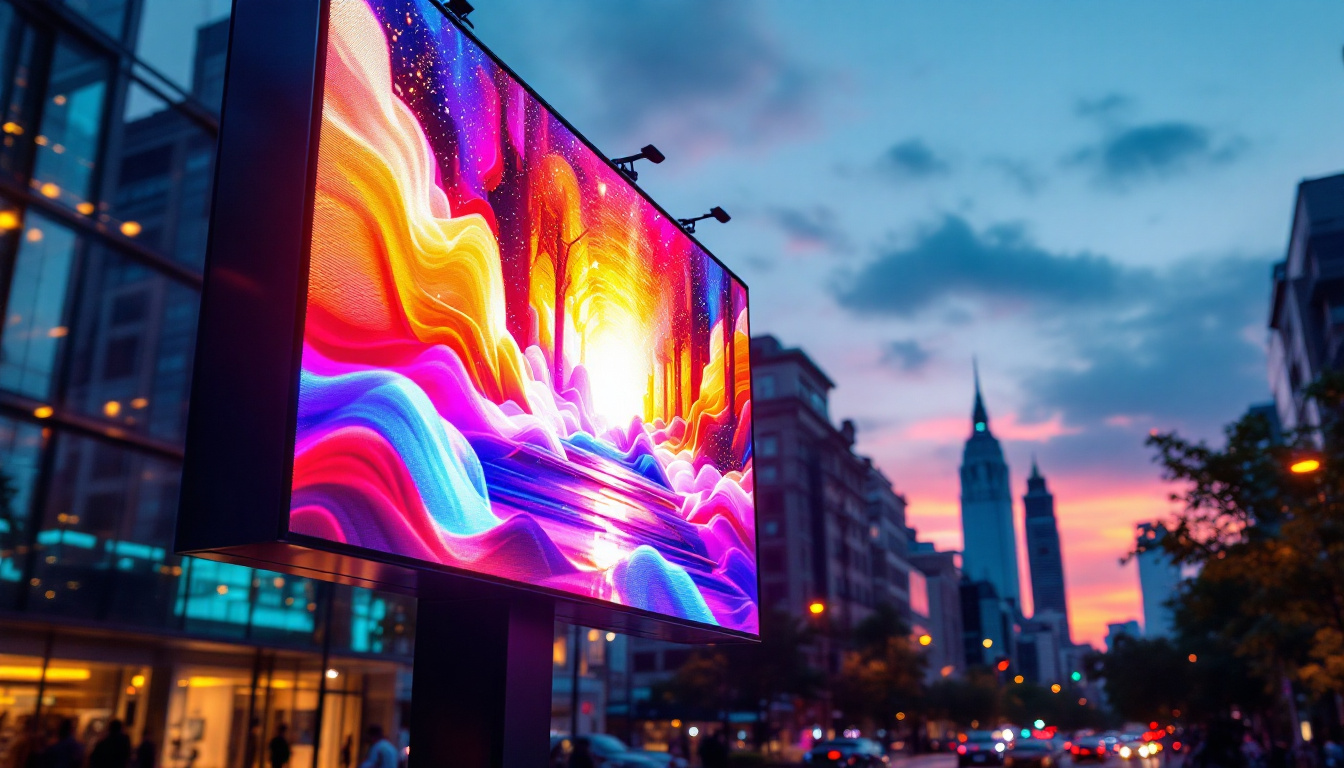In today’s digital age, the significance of display technology cannot be overstated. Among the various types of displays, LED (Light Emitting Diode) technology has emerged as a frontrunner due to its versatility and efficiency. This article delves into the intricacies of LED displays, exploring their functionality, types, applications, and advantages over traditional display technologies.
Understanding LED Technology
LED technology operates on a simple yet effective principle: when an electric current passes through a semiconductor material, it emits light. This phenomenon is known as electroluminescence. Unlike traditional incandescent bulbs that rely on filaments, LEDs are solid-state devices, which makes them more durable and energy-efficient. The lifespan of an LED can be significantly longer than that of incandescent bulbs, often lasting tens of thousands of hours, which not only reduces replacement costs but also minimizes waste in landfills.
The Basics of LED Functionality
At the heart of LED displays are tiny diodes that can emit various colors of light. By combining different colored LEDs—typically red, green, and blue (RGB)—it is possible to create a full spectrum of colors. This RGB model is foundational in creating vibrant images and videos on screens. The precision with which these colors can be mixed allows for a wide range of applications, from television screens to digital billboards, enhancing the viewer’s experience with stunning visuals.
LEDs are categorized into two main types: surface-mounted diodes (SMD) and through-hole diodes. SMD LEDs are commonly used in modern displays due to their compact size and ability to produce high brightness levels. On the other hand, through-hole LEDs are often found in older applications and are less efficient. The advancements in SMD technology have led to the development of flexible LED strips, which can be used in creative lighting designs and architectural applications, further expanding the versatility of LED technology.
Types of LED Displays
LED displays come in various forms, each tailored for specific applications. The most common types include:
- LED Backlit LCD Displays: These displays use LEDs to provide backlighting for LCD screens, enhancing brightness and color accuracy. This technology has become standard in televisions and computer monitors, allowing for thinner designs and improved energy efficiency.
- OLED Displays: Organic LEDs (OLEDs) utilize organic compounds to emit light, allowing for deeper blacks and higher contrast ratios. This technology is particularly popular in high-end smartphones and televisions, where picture quality is paramount, as it provides a more immersive viewing experience.
- Full-Color LED Displays: These are often used in advertising and public displays, featuring a matrix of RGB LEDs that can display dynamic content. The ability to show high-resolution images and videos makes them an effective medium for marketing and information dissemination, capturing the attention of passersby.
In addition to these common types, there are also specialized LED displays such as transparent LEDs, which are used in retail environments to create eye-catching window displays without obstructing visibility. Furthermore, advancements in LED technology have led to the development of smart LED displays that can be integrated with IoT devices, allowing for real-time updates and interactivity, enhancing user engagement in various settings.
Applications of LED Displays
LED displays are ubiquitous in modern society, finding applications across various sectors. Their versatility and efficiency make them suitable for numerous uses, from consumer electronics to large-scale advertising.
Consumer Electronics
In the realm of consumer electronics, LED displays are prevalent in televisions, smartphones, and computer monitors. Their ability to produce vibrant colors and high contrast ratios enhances the viewing experience, making them a preferred choice for manufacturers.
Moreover, the energy efficiency of LED displays contributes to lower electricity bills and a reduced carbon footprint, aligning with the growing demand for sustainable technology. As technology advances, we are also witnessing the emergence of OLED (Organic LED) displays, which offer even deeper blacks and improved energy efficiency. This innovation is particularly significant in mobile devices, where battery life is paramount. The shift towards thinner and lighter screens has also been facilitated by LED technology, allowing for sleeker designs that appeal to consumers.
Advertising and Public Displays
LED displays have revolutionized the advertising industry. Billboards and digital signage utilize full-color LED technology to capture the attention of passersby. The dynamic nature of these displays allows for real-time content updates, making them an effective marketing tool.
In addition to advertising, LED displays are commonly used in sports arenas and concert venues. They provide clear visibility from a distance, ensuring that audiences can enjoy the action, regardless of their seating position. The integration of LED technology in these venues has also led to the development of interactive displays, which engage fans through social media feeds and live polls, creating a more immersive experience. Furthermore, the ability to customize content based on the audience or event enhances the relevance and impact of advertising messages.
Healthcare and Transportation
In healthcare, LED displays are used in medical imaging equipment and patient monitoring systems. Their clarity and precision are vital for accurate diagnoses and patient care.
In the transportation sector, LED displays serve as information boards in airports, train stations, and bus terminals. They provide real-time updates on schedules and delays, enhancing the travel experience for passengers. Additionally, LED technology is being implemented in vehicle dashboards and navigation systems, offering drivers clear visibility of essential information while minimizing distractions. This trend towards smart transportation solutions is further supported by the development of LED traffic signals and road signs, which improve safety and efficiency on the road. As cities continue to modernize their infrastructure, the integration of LED displays will play a crucial role in creating smarter, more connected urban environments.
Advantages of LED Displays
The growing popularity of LED displays can be attributed to several key advantages over traditional display technologies, such as LCD and CRT.
Energy Efficiency
One of the most significant benefits of LED displays is their energy efficiency. LEDs consume considerably less power than traditional incandescent bulbs, leading to lower energy bills and reduced environmental impact. This efficiency is particularly beneficial for large installations, such as outdoor billboards, where energy costs can be substantial.
Longevity and Durability
LED displays are known for their longevity. With a lifespan of up to 100,000 hours, they outlast many traditional display technologies. This durability is attributed to their solid-state construction, which is less susceptible to damage from shocks and vibrations.
Furthermore, LED displays are resistant to environmental factors such as temperature fluctuations and humidity, making them suitable for both indoor and outdoor applications.
Enhanced Visual Quality
LED technology offers superior visual quality, characterized by high brightness levels, vibrant colors, and excellent contrast ratios. This quality is crucial for applications requiring precise color reproduction, such as graphic design and video editing.
Additionally, the fast response time of LED displays reduces motion blur, making them ideal for fast-paced content, such as sports broadcasts and action movies.
Challenges and Considerations
Despite their numerous advantages, LED displays are not without challenges. Understanding these challenges is essential for making informed decisions regarding their use.
Cost Implications
While the prices of LED displays have decreased over the years, they can still be more expensive than traditional display technologies upfront. This initial investment may deter some businesses and consumers from making the switch, despite the long-term savings on energy and maintenance.
Color Calibration and Consistency
Color calibration is another challenge associated with LED displays. Achieving consistent color reproduction across different units can be difficult, particularly in large installations. Manufacturers often implement calibration techniques to mitigate this issue, but it remains a consideration for users requiring precise color accuracy.
Heat Generation
LED displays can generate heat during operation, particularly in high-brightness applications. This heat can affect performance and longevity if not managed properly. Adequate cooling systems or ventilation must be in place, especially for large displays used in outdoor settings.
The Future of LED Display Technology
The future of LED display technology appears promising, with ongoing advancements poised to enhance their capabilities further. Innovations in materials and manufacturing processes are expected to lead to even more efficient and versatile displays.
MicroLED and MiniLED Technologies
Emerging technologies such as MicroLED and MiniLED are set to revolutionize the display market. MicroLED technology utilizes microscopic LEDs to create individual pixels, allowing for higher resolutions and better color accuracy. MiniLED, on the other hand, enhances traditional LED backlighting by using smaller LEDs to improve contrast and brightness.
These technologies promise to deliver even more immersive viewing experiences, making them ideal for applications ranging from high-end televisions to professional monitors.
Integration with Smart Technology
As the world becomes increasingly interconnected, the integration of LED displays with smart technology is gaining traction. Smart LED displays can connect to the internet, enabling features such as remote content management and real-time updates. This connectivity enhances the utility of LED displays in advertising and public information systems.
Sustainability Initiatives
With growing awareness of environmental issues, the display industry is focusing on sustainability. Future LED displays are likely to incorporate eco-friendly materials and manufacturing processes, further reducing their environmental impact. This shift aligns with the global push for greener technologies, making LED displays a more attractive option for environmentally conscious consumers and businesses.
Conclusion
LED display technology has transformed the way information is presented and consumed in various sectors. From consumer electronics to advertising and healthcare, the versatility and efficiency of LED displays make them an invaluable asset. While challenges remain, ongoing advancements promise to enhance their capabilities and sustainability further.
As technology continues to evolve, LED displays will undoubtedly play a crucial role in shaping the future of visual communication. Embracing this technology not only offers immediate benefits but also positions users at the forefront of a rapidly advancing digital landscape.
Explore Cutting-Edge LED Displays with LumenMatrix
As you consider the future of visual communication and the role LED displays play in it, LumenMatrix stands ready to elevate your experience. Our commitment to innovation ensures that whether you need an Indoor LED Wall Display, an eye-catching Outdoor LED Wall Display, or specialized solutions like Vehicle LED Displays and LED Sports Displays, we have the technology to bring your vision to life. With our extensive range of products, including LED Poster Displays, Floor LED Displays, Custom LED Displays, All-in-One LED Displays, and LED Transparent Displays, LumenMatrix is at the forefront of revolutionizing visual communication. Don’t miss the opportunity to enhance engagement and captivate your audience. Check out LumenMatrix LED Display Solutions and empower your business to communicate with impact and clarity.

